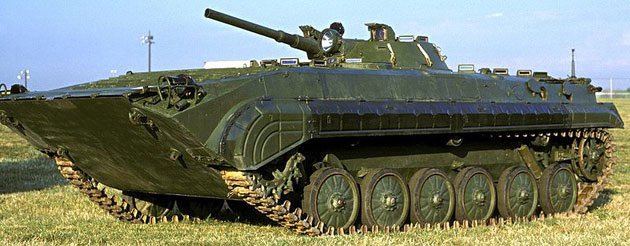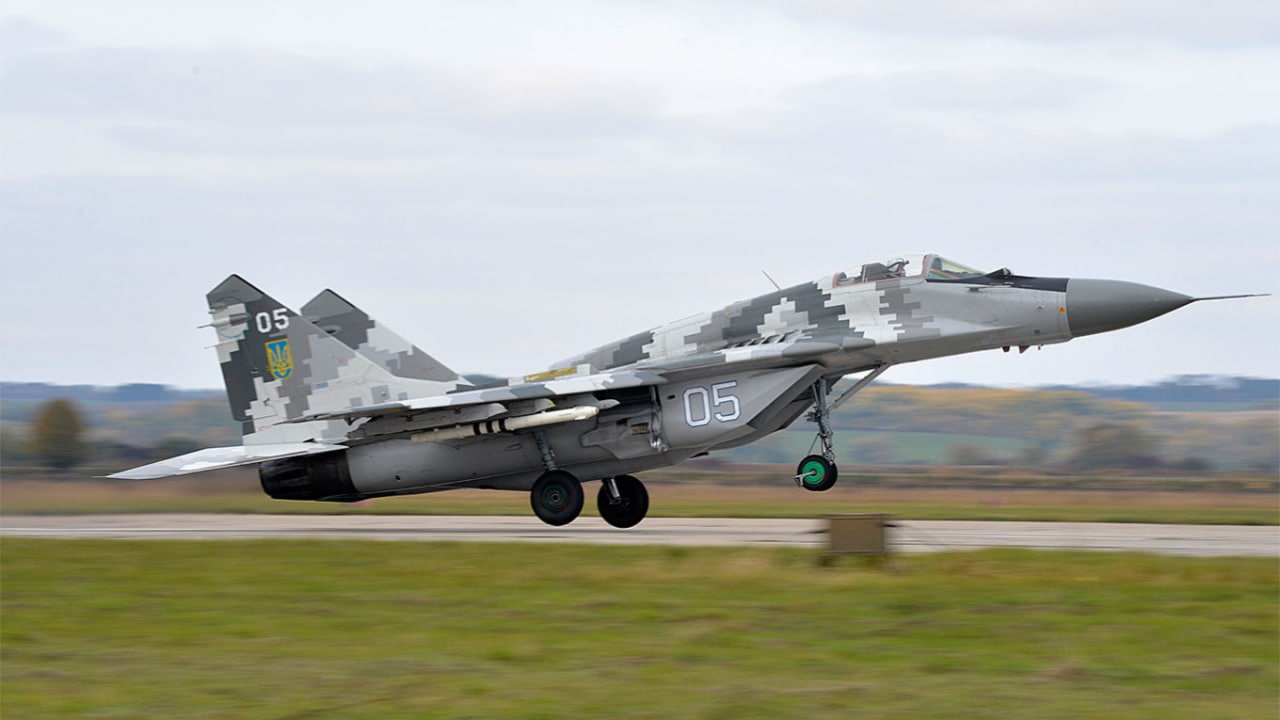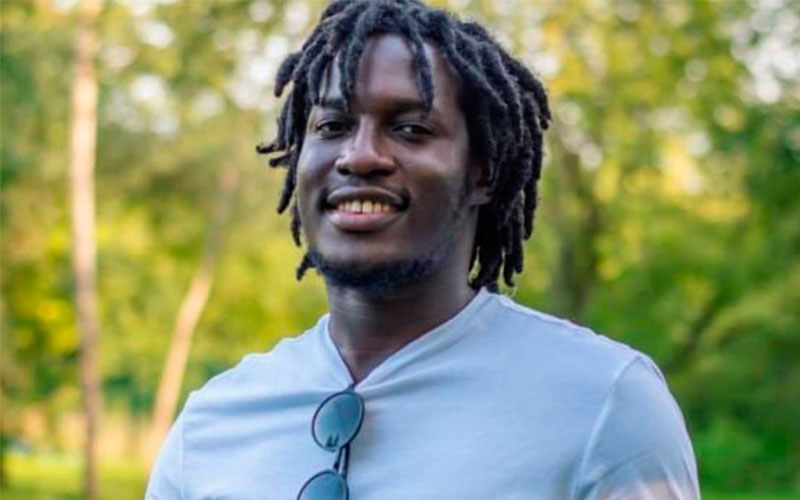Fierce fighting continues in the vicinity of Bakhmut
The most intense fighting is now taking place in the Donetsk and Lugansk regions. Based on the reports of the General Staff of the Armed Forces of Ukraine, the settlements of Tabaevka and Berestovoye were liberated by Ukrainian forces. This is important because these are the last settlements before the highway to Svatovo.
Intense fighting continues in the vicinity of Bakhmut, mainly on the southern outskirts of the city. A video shot by the Ukrainian military on the streets of Bakhmut appeared on the network. The strongest destruction is visible after several months of shelling.
Ozaryanovka, apparently, finally came under Russian control. The importance of this settlement lies in the fact that the Seversky Donets-Donbass canal passes near Ozaryanovka and Kurdyumovka. Its width is about 15 meters, and it is a natural barrier. In Ozaryanovka and Kurdyumovka there are land crossings through it. Building a pontoon crossing in the current conditions is fraught with falling under fire. The Russian side announced the capture of Kurdyumovka.

The headquarters of the territorial defense of the “DPR” announced on the Telegram channel that the grouping of troops of the “DPR” and “LPR”, with fire support from the RF Armed Forces, took control of two villages – Pershe Travnya and Andreevka. Earlier, the acting head of the "republic" Denis Pushilin reported on the successes of Russian troops in the Ugledar direction. According to him, the capture of Ugledar can be expected soon. In addition, according to him, the Russian army is close to the operational encirclement of Artemovsk, and in Maryinka, fighting is already taking place in the center of the city.
Boris Rozhin, an expert at the Center for Military-Political Journalism, writes on his Telegram channel that the Russian troops need an attack on Ugledar, since maintaining the current front line is tactically unprofitable. Pavlovka is located in a lowland and it is not very convenient to hold it because of the communications being shot through, so the RF Armed Forces need to advance further.
Kherson was shelled in the south. The front line runs along the Dnieper River and will not change in the near future.
Also, Russian troops continue to strike at the Kupyansky district in the Kharkiv region. There are hits in private households, garages, cars, several fires broke out. Information about the dead and injured has not yet been received. During the day, pyrotechnicians eliminated 64 explosive objects. Since the beginning of September, specialists have destroyed more than 44,000 mines in the area. Humanitarian demining in the region continues.
British intelligence: Russia abandoned battalion tactical groups
During the last three months of the war in Ukraine, Russian troops have stopped deploying forces in the form of battalion tactical groups (BTGs) – maneuverable formations that have been used since the time of the Afghan campaign, the UK Ministry of Defense writes in its summary.
During the war in Ukraine, several significant shortcomings of the BTG were revealed. At the same time, the decentralized deployment of artillery did not allow Russia to fully exploit its advantage in the number of guns.
Before the invasion on February 24, 2022, Russia concentrated on the Ukrainian borders, including in Belarus and Crimea, from 150 thousand to 190 thousand people as part of 120 battalion tactical groups.
Military expert Sergei Grabsky confirmed to The Insider British intelligence reports that few BTG commanders were empowered to flexibly use this model in a way that would be effective offensively.
“The battalion tactical groups have shown their inconsistency both in the offensive and in defense. They were designed to operate against disparate and poorly organized rebel groups that Russia dealt with in Chechnya, and in Libya, and in Syria, where there were unequal forces, but here, when it was necessary to ensure concentrated infantry operations, which should be completely provided with artillery, there was not enough of it in the BTG to carry out breakthrough tasks. There was no mechanism for bringing them into larger units.
The second problem is that there were not enough infantry units, or rather motorized rifle units, in the BTG. The BTG consists of 850 to 1000 people. This is usually a motorized rifle battalion, a howitzer battery of 6 guns and a tank company, that is, a battalion of 480 people and units, and a tank company is 10 tanks plus support. They did not justify themselves in these open spaces. In a modern war, it is logical, if we think in terms of the Russian military command, to enlarge such units. They are unlikely to reach the division, because it is too much. Most likely they will do what Ukraine does – fight in brigades.
There is another problem for the Russians – the Russians have forgotten how to concentrate artillery in large volumes. According to the documents, they can do this, but any procedure must be worked out in practice. Not every company commander can become a good battalion chief of staff. What is the difference between a BTG and a brigade? Autonomy. The BTG has a smaller range of autonomy, and even if the commander wants to make a decision, he does not have the opportunity, because he depends on the means of a senior commander. He technically does not have the capabilities for a battalion that a brigade may have.
Weapons transferred to Ukraine
The LRU multiple launch rocket system, transferred by France, arrived in Ukraine. This was announced on Twitter by the Minister of Defense of Ukraine Oleksiy Reznikov. “The Ukrainian army is now even more powerful to contain and destroy the enemy,” he wrote. “This is the visible result of the friendship between Presidents Volodymyr Zelensky and Emmanuel Macron,” Reznikov added.
This is the fourth sample of 227 mm rocket artillery transferred to Ukraine, after the American HIMARS, the British M270B1 and the German MARS II.

Also today it became known that Slovakia handed over 30 BMP-1 to Ukraine. Slovak Defense Minister Jaroslav Nagy announced this on Twitter. “I am happy to confirm that 30 Slovak BMP-1s were transferred to Ukraine on the basis of an agreement with Germany,” he wrote. BMP is one of the most demanded combat vehicles at the front. It is designed to transport military motorized rifle units to the battlefield, increase their mobility, armament and security. Can carry up to 8 personnel and three crew members. The main weapon of the BMP-1 is the 73-mm automatic artillery gun 2A28 "Thunder", which is designed to destroy tanks, self-propelled guns and other armored vehicles.

The Minister of Foreign Affairs of Ukraine, Dmitry Kuleba, before the start of the NATO meeting, which was held on November 29 in Bucharest, said that NATO countries urgently need to increase the production of weapons: “Instead of counting on them and spending months trying to convince them, you need to start production so that we do not fall into dependence on the whims of third countries that have something in warehouses, but who do not want to share it.
Opening the meeting, NATO Secretary General Jens Stoltenberg warned that NATO would be ready to defend every inch of its territory from invasion. Stoltenberg stressed that the alliance is not involved in this conflict, but its members provide Ukraine with unprecedented support so that it can defend itself against Russia.
“We cannot let Putin win, otherwise it will give the green light to other authoritarian leaders, show them that they can achieve their goals through military force. This will make our world even more dangerous for all of us. Therefore, it is in our common security interests to support Ukraine,” Stoltenberg said.
NATO leaders have again returned to the idea of supplying Ukraine with MiG-29 and F-16 fighter jets in order to close the sky over the country and persuade Moscow to negotiate, said James Stavridis, former Supreme Commander of NATO Allied Forces in Europe. According to Stavridis, the Ukrainian army has the advantage in the land war, but Russia still has the advantage in the air.

At the same time, the United States is not yet ready to provide fighter jets to Ukraine. In addition, Washington does not consider it an immediate priority. This was reported by the press service of the Pentagon. Also, at present, the United States does not plan to supply its Patriot complexes to Kyiv, but will continue consultations on this topic.
Recruitment by Wagnerists of prisoners in the Central African Republic and the death of a citizen of Zambia
PMC Wagner began recruiting in the prisons of the Central African Republic, recruiting people to participate in hostilities in other regions, including in Ukraine. The Daily Beast writes about this, citing two high-ranking officers of the Central African Republic. According to these data, the Wagnerites recruit dozens of rebels who were held in custody, including for the murder and rape of women and children. The officers say many of the recruits are terrorists who controlled large parts of the CAR for about a decade during the civil war, used violence against civilians and intimidated them.
On November 29, the owner of the Wagner PMC, Yevgeny Prigozhin, confirmed the death of a Zambian citizen, Lemehani Nathan Nyirenda, who participated in the hostilities in Ukraine as part of the Wagner PMC, where he was recruited from the colony. Prigozhin's comment was published by the press service of his Concord company. Prigozhin said that he remembers him well.

In mid-November, the Zambian Foreign Ministry demanded that the Russian authorities provide information on the circumstances under which a 23-year-old Zambian citizen who was serving a prison term in Moscow for drugs could die in Ukraine.
Mobilized from Serpukhov, abandoned by the command, stopped communicating
Mobilized from Serpukhov, near Moscow, who recorded a video message with complaints that they were sent to battle near the village of Makeevka , Luhansk region ( was liberated in November by the Armed Forces of Ukraine ) without proper uniforms and training, and during the retreat of the military fired on their own troops, stopped going out to connection. According to the Telegram channel “We Can Explain,” relatives have not been able to contact them for several days.
“If before Vanya (name changed) called us every day in the morning, then since Friday we have not received any calls. But during the last conversation, he said that, along with the rest of the military, he is still at the front, ”an acquaintance of one of the mobilized people told the channel. “So far we don’t really know anything, we ourselves are waiting for what will happen next,” said the father of another man.
At the same time, a video appeared on social networks with volunteers who allegedly reached the mobilized to give them humanitarian aid. After that, there was no more news about the military from the Moscow region.
According to the latest data, the surviving servicemen were in a military camp in Baranikovka, Luhansk region. The mobilized were settled in a destroyed house, they did not know what to do. The building had no electricity, no windows, and the men had nothing to eat.


